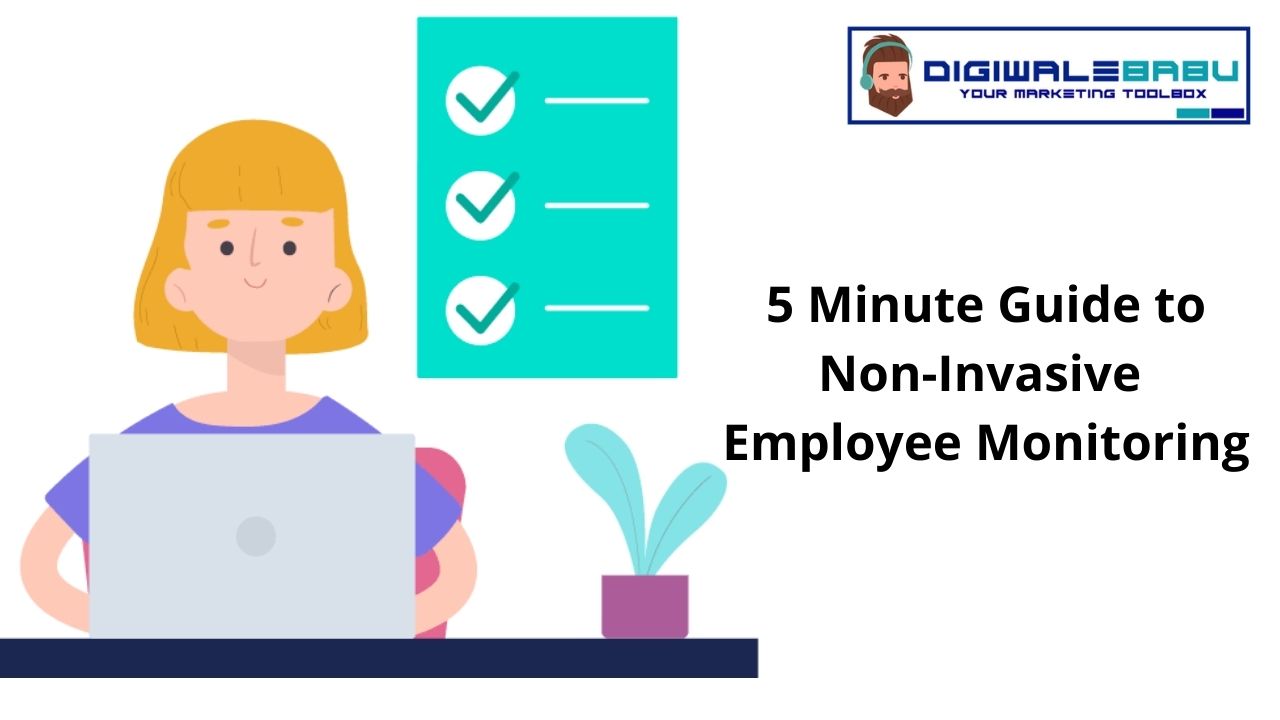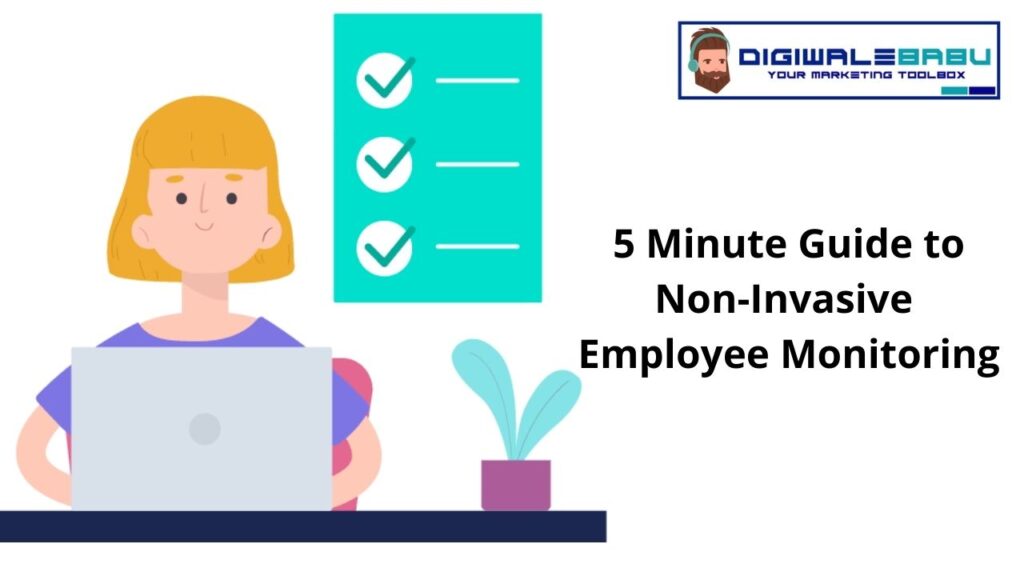
Employee monitoring software is an incredibly useful tool. It can help you to improve productivity, optimize your employees’ workflow, save money, and much more. However if it is too invasive it could adversely affect your business and work environment – which is the last thing that you want.
That is the reason why you should perform a non-invasive monitoring. And the key to that is to present it to your employees in the right way.
Although that may sound tough, this five minute guide will help run you through everything you need to know about non-invasive employee monitoring.
Be Open
The first rule to make sure your employee monitoring is non-invasive is to be open about it and notify your employees. Under no circumstances should you ‘secretly’ monitor employees or ‘spy’ on them.
When you notify your employees you should clearly outline how they’ll be monitored, why, and what goals you intend to accomplish. Try not to single anyone out, and instead make it a point to inform all employees that they will be monitored.
Create a Clear Cut Policy
The explanation of how monitoring will be conducted and the reasons behind it should be structured into a clear and transparent policy. That policy should also highlight the steps you’ll take to protect the privacy of employee data, and make sure that it is secure.
Ideally the policy should be detailed, and also encompass what is expected from employees and what sort of penalties they can expect for various offenses. Overall it should allow employees to understand your expectations and enable them to follow the rules easily.
Be sure to tailor the policy based on the software that you’re using. If you’re using Controlio, you could include details about how it will track the productivity score of employees and how you will use that to improve productivity.
Only Monitor Areas that are Necessary
If you want to ensure that your employees don’t feel their privacy is being violated, try to avoid tracking personal data. As a rule you should only monitor areas that are necessary, and avoid ‘spying’ or tracking personal information such as password, bank details or private conversations.
In the case of Controlio, there are many features that you could potentially use to monitor employees including real time surveillance of user desktops, screen capture, or even keylogging. However just because these features are available it doesn’t mean that you need to use them – unless there is a strong reason to do so.
Avoid Being Too Restrictive
Another way to make employee monitoring less invasive is to avoid being too restrictive – especially for no good reason. For example, you may be able to use Controlio to block or filter out social media – but users will be able to easily bypass it and access social media from their mobile phones or other personal devices.
Simply put in that kind of situation the restriction won’t have much of an impact and will only serve to make employees feel that you’re trying to control them. Rather than putting yourself in that boat, you’d be better off simply not restricting social media in the first place.
Explain How Productivity Will Be Assessed
Try to provide your employees with details of how you’ll be assessing their productivity. To start with you should list the metrics that you’ll be monitoring (such as attendance, time spent on projects, app or website activity, and so on), and then explain how those metrics will be correlated against their performance.
If you’re using Controlio and its productivity scores, you could highlight that as well and show how it will track productivity automatically for users and departments. Additionally you can clearly set out what scores are expected from users.
Provide Incentives
Don’t just use employee monitoring as a tool to keep track of employees and penalize them for various violations. Instead, as much as violations should be penalized – good performances should be rewarded as well.
If you give your employees incentives for being productive, meeting key performance indicators (KPIs), or exceeding expectations it will make them feel a whole lot better about being monitored.
Get Input and Consent
One of the best ways to make sure that your employees are able to accept the fact that they’re being monitored is to give them the means to have a say. When you notify them and publish your monitoring policy, try to ask your employees for their input and obtain their consent.
By getting input from your employees, you may be able to improve your policy and make it less invasive. On top of that your employees are likely to be more satisfied if they know that you are willing to listen and act on their concerns.
Similarly, having your employees sign a consent form will let you confirm that they accept being monitored – and may help with its legality.
Conclusion
In the long term you’ll definitely benefit form monitoring employees in a non-invasive manner. Not only will it help you with employee productivity, but it will also let you improve the efficiency of work processes and provide you with useful data to make better business decisions.
It should be noted that the legal and regulatory requirements for employee monitoring can vary in different jurisdictions. As such you should always check beforehand to make sure that you’re aware of what you need to do to comply with them.

